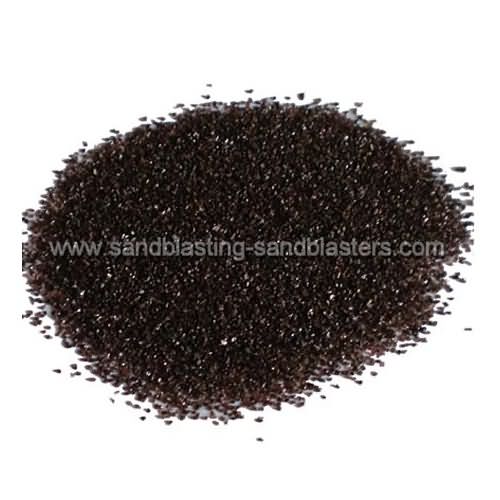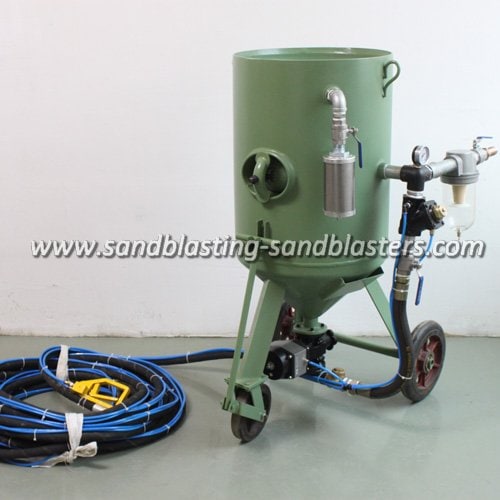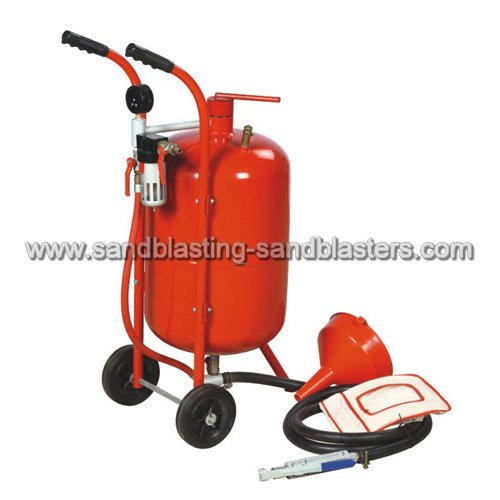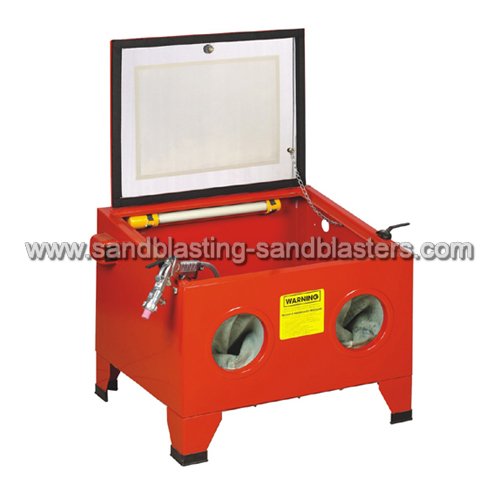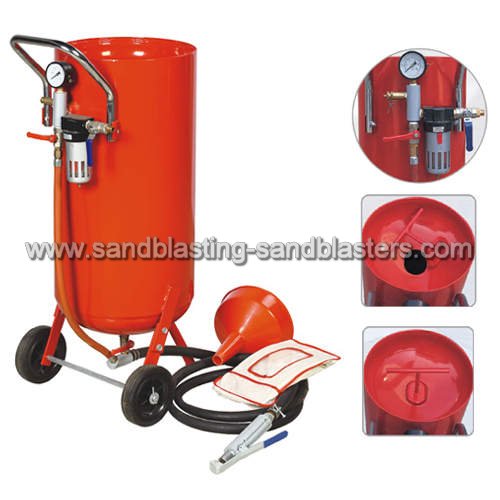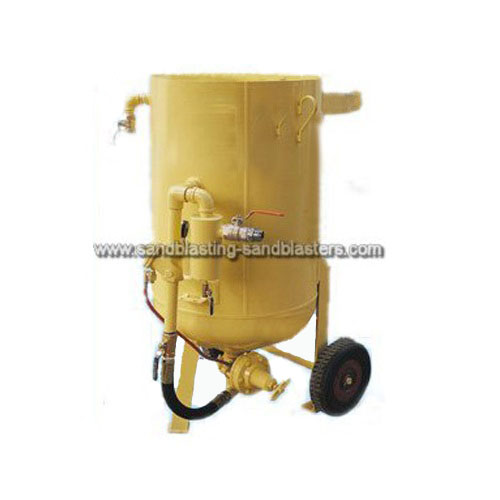How to Choose the Right Sandblasting Media?
Sandblasting is a process in which sand, glass beads or some other medium is shot at high speed through a machine across the surface of a hard material until it is sanded smooth. Sandblasting is often done to remove a previous finish on an item, to remove rust, or to prepare a surface to receive a new coat of paint. The kind of medium used to blast the surface depends on how difficult the removal is and how much impact the material can withstand.
Below are more instructions for how to choose the right sandblasting media.
1. Start with a gentle medium if you are uncertain. If you are unsure how the material will withstand sandblasting it is best to choose the gentlest medium and work your way up. Walnut shells are one of less abrasive sandblasting media you can use and are completely biodegradable, so there are no concerns about environmental impact. Corn cob is also biodegradable and will not etch the material being blasted. Pumice is the softest of all the blasting media. It is often used to remove paint from soft wood.
2. Consider glass beads as a medium. Glass beads give a soft, bright finish that is more attractive than angular media. Glass beads can be recycled up to 30 times. Crushed glass grit made from 100 percent recycled bottle glass is also available.
3. Choose plastic beads for automotive sandblasting. Plastic beads are made out of acrylic, polyester, melamine and urea. They deliver a high stripping rate without damaging or warping the underlying material.
4. Take care with cleanup if you use aluminum oxide, another gentler medium on the sandblasting palette. It is composed of small grains of aluminum oxide and is very long-lasting. The disadvantage of this medium is that you must carefully dispose of the material after it is used.
5. Use silicon carbide for toughest jobs. Silicon carbide is the hardest medium available for sandblasting. It allows for shorter blast times and lower cost overall than other media. It can be recycled more times than aluminum oxide or sand.
6. Pick steel grit or steel shot for special finishes. Though softer than aluminum oxide medium, steel grit leaves an etched surface that makes it easier for paints to adhere. Steel shot is used for peening operations to leave a smooth, polished finish. The shot can be used up to 3,000 times and produces minimal dust.
7. Try dry ice sandblasting. One of the newest methods of sandblasting is using compact dry ice pellets shot in a jet of compressed air. Dry ive is used to clean machinery, electrical installations, electromechanical equipment and other surfaces where the residue from standard sandblasting techniques would be detrimental.
Feng Blast Recommendation:
Tags: FAQ

